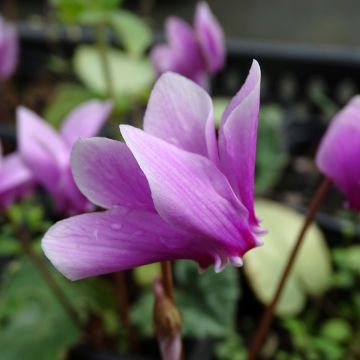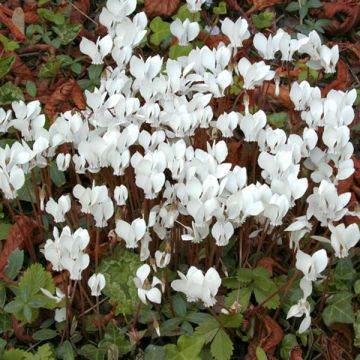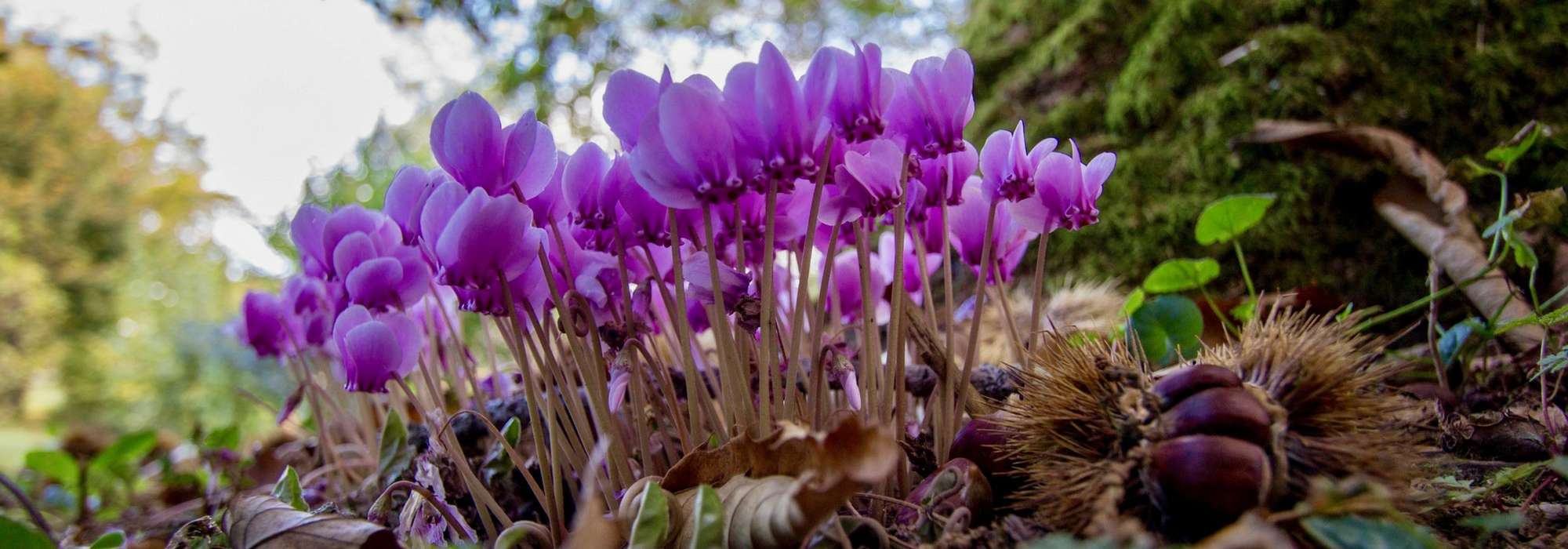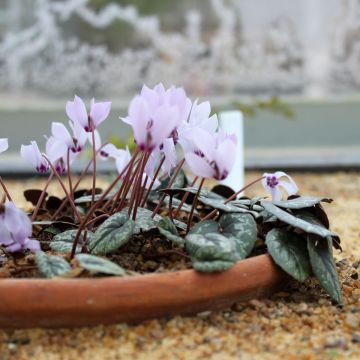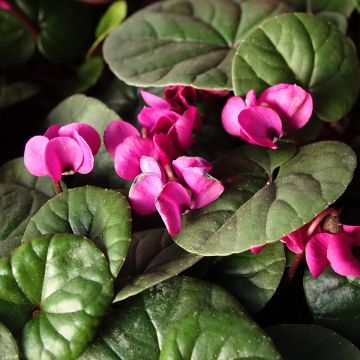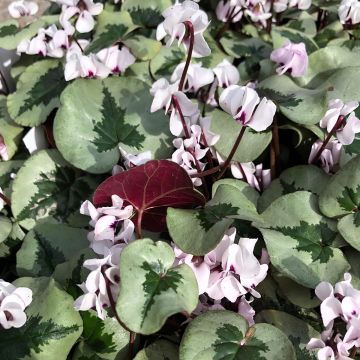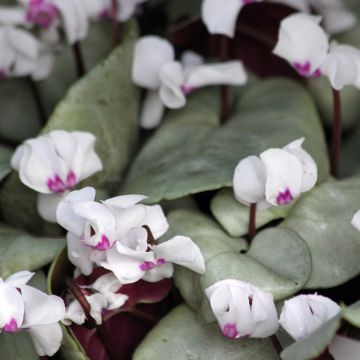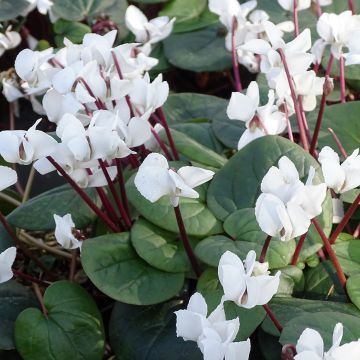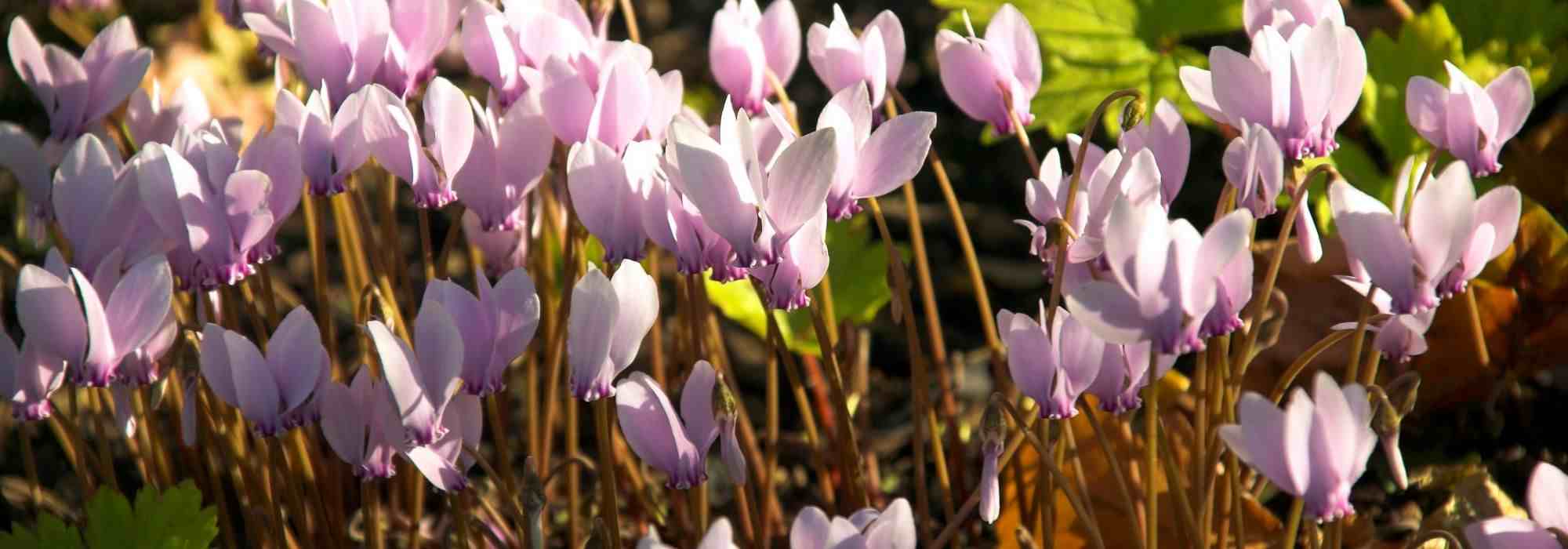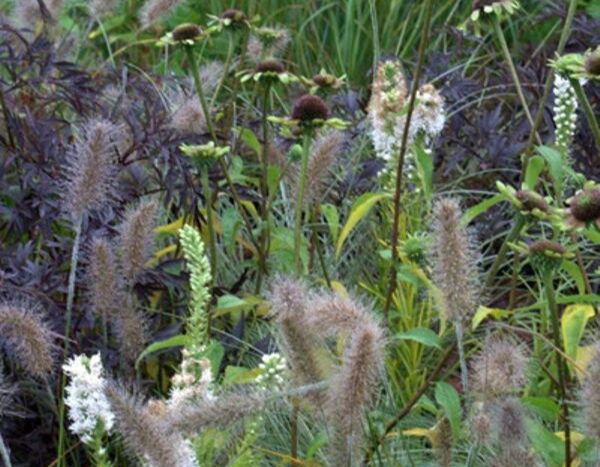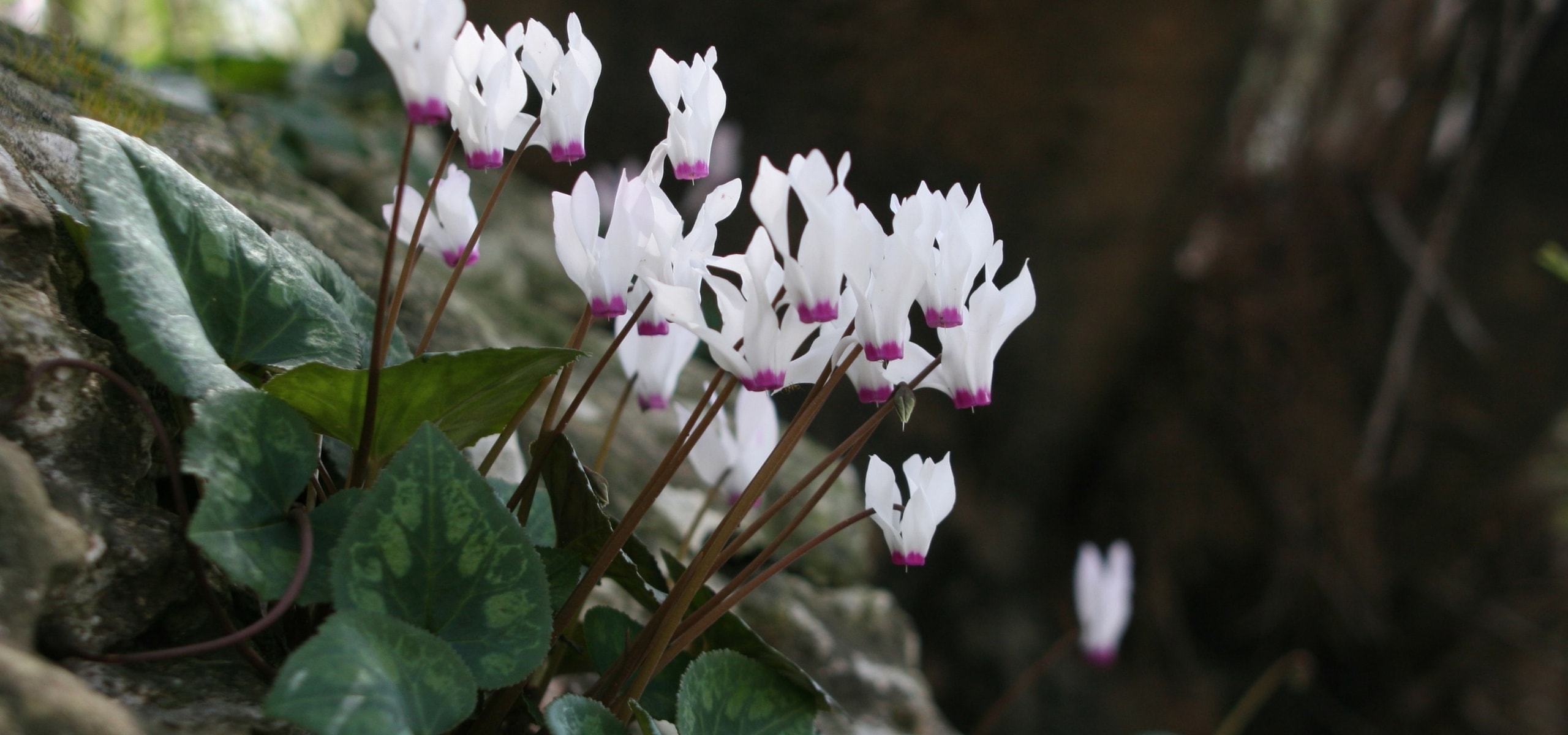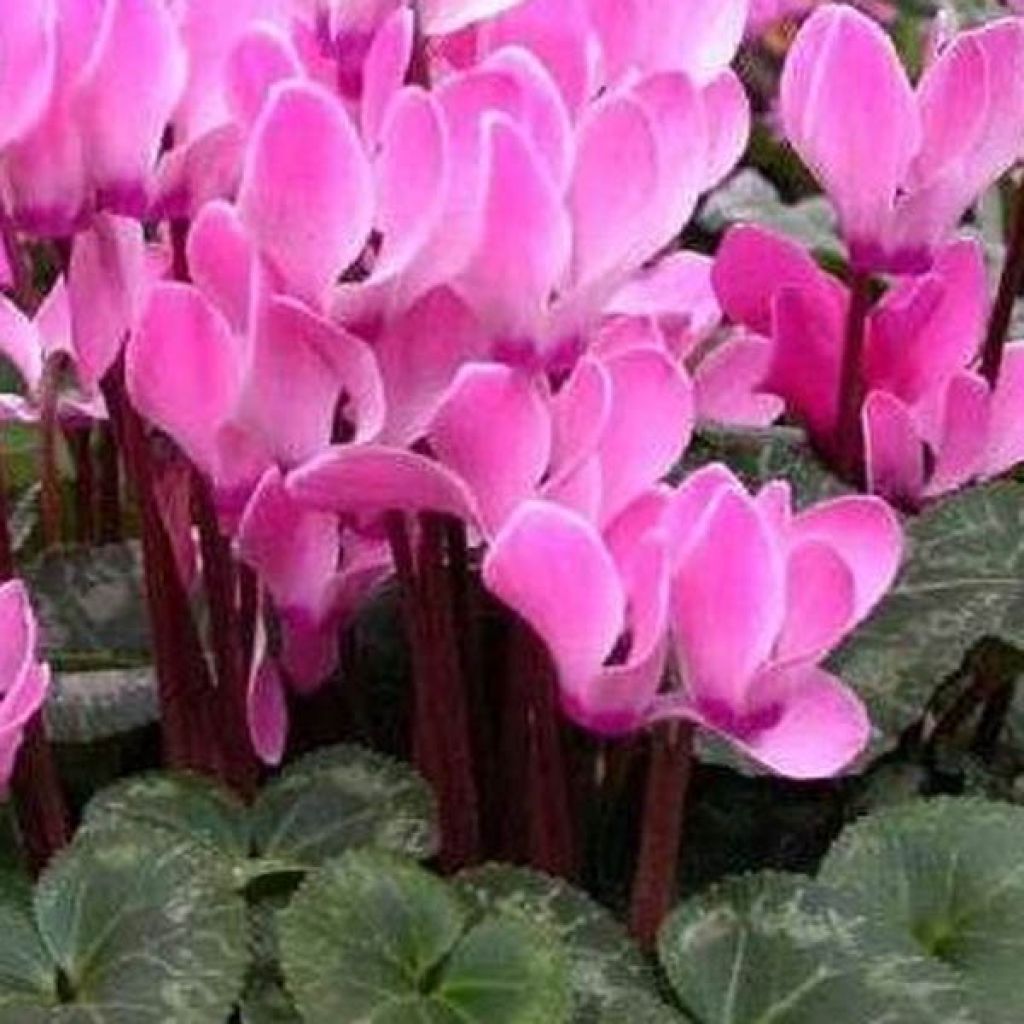

Cyclamen de Perse
Cyclamen persicum - Persian Cyclamen
Cyclamen persicum
Florist's cyclamen
A lovely bulb, another stunted one that hasn't produced anything. The prettiest one has sprouted a few leaves...
Anne-Marie F., 13/02/2023
Special offer!
Receive a €20 voucher for any order over €90 (excluding delivery costs, credit notes, and plastic-free options)!
1- Add your favorite plants to your cart.
2- Once you have reached €90, confirm your order (you can even choose the delivery date!).
3- As soon as your order is shipped, you will receive an email containing your voucher code, valid for 3 months (90 days).
Your voucher is unique and can only be used once, for any order with a minimum value of €20, excluding delivery costs.
Can be combined with other current offers, non-divisible and non-refundable.
Why not try an alternative variety in stock?
View all →This plant carries a 6 months recovery warranty
More information
We guarantee the quality of our plants for a full growing cycle, and will replace at our expense any plant that fails to recover under normal climatic and planting conditions.
Would this plant suit my garden?
Set up your Plantfit profile →
Description
The Persian cyclamen, in Latin Cyclamen persicum, is a botanical species that is not native to Iran, but is found from southwestern Turkey to Israel and Jordan, as well as North Africa, Crete, and certain Greek islands. It is recognisable by its leaves and flowers, large for a wild cyclamen. Its flowers are slender, fragrant, pale pink with a dark pink base and usually bloom in March-April. Being delicate to cultivate and requiring a dry summer rest, this rarely cultivated species should be grown in a cool greenhouse outside the Mediterranean region.
Cyclamen persicum belongs to the Primulaceae family. This species is the origin of many tall or dwarf hybrid cultivars found in horticultural trade and flower shops from winter to spring. In nature, it grows in the understory on soils with a tendency towards limestone. It flowers from late autumn to spring, during the wet and cool season, and then its underground tuber goes dormant during the hot and dry summer.
The Persian cyclamen is a perennial herbaceous plant whose foliage emerges in autumn, persists in winter, and dries up after flowering. The plant reaches about 30 cm (12in) in height when flowering. Its leaves are arranged in rosettes, emerging around the tuber. Their lamina is cordate, with finely dentate margins, fleshy and leathery, speckled with grey-green or jade green on a dark green background. The undersides of the leaves are purple, as are the petioles that bear them. The flowering period, between November and April, depends on the growing conditions, climate, and ecotypes. The flowers are borne on long, bent peduncles and face the ground. They consist of twisted petals ranging from light pink to dark pink at the base. The fruits are spherical capsules. In this species, the peduncles that bear the fruits do not coil like a corkscrew to reach the ground and deposit the seeds. Ants, which enjoy their sweet flesh, disperse the seeds.
In a favourable climate, plant Persian cyclamen with its mat-forming cousins pseudibericum, coum, or cilicicum. They will multiply on their own over the years, forming unforgettable carpets in shaded and dry areas of the garden which can sometimes be difficult to landscape. It is a perfect plant for enhancing the base of a deciduous tree in dry woodland soil. It is fairly sensitive and its tuber fears excessive moisture in winter. It does not tolerate it at all in summer. It will also find its place in a semi-shaded rockery, alongside e.g. anemone blanda and hepaticas. To enjoy a double flowering, mix it with botanical narcissus from the tazetta group, for example. In regions that are more humid and colder than the Mediterranean south, it is preferable to cultivate this cyclamen like florists' cyclamens.
Note: plant the tubers immediately upon receipt.
Plant habit
Flowering
Foliage
Botanical data
Cyclamen
persicum
Primulaceae
Florist's cyclamen
Middle East
Other Cyclamen
View all →Planting and care
Plant your cyclamen at a depth of 5-8 cm (2-3in), in light and moderately fertile soil, rich in humus, very well drained, as cyclamen is sensitive to rotting. Leave a space of 15 cm (6in) between each bulb. Place them in such a way that they are in shade or partial shade during the summer. The smooth part of the bulbs is the bottom. If you are unsure of the planting direction, place your bulbs upright on their edge, they will tip over on their own. Water moderately and reduce watering during flowering, and respect the summer rest by avoiding moisture. For potted plants, apply fertiliser every 15 days.
Cyclamen often take a year to establish and flower. They are more or less easy to grow as long as they are provided with well-drained soil, rather dry in summer and winter. The Persian Cyclamen is reputed to be less hardy than the Naples Cyclamen and dislikes summer humidity. This species should be able to withstand -4/-5°C (24.8/23°F) in well-drained soil and in a slightly sheltered position. It tolerates long dry summers very well and prefers a typically Mediterranean climate.
Planting period
Intended location
Care
Planting & care advice
-
, onOrder confirmed
Reply from on Promesse de fleurs
Haven't found what you were looking for?
Hardiness is the lowest winter temperature a plant can endure without suffering serious damage or even dying. However, hardiness is affected by location (a sheltered area, such as a patio), protection (winter cover) and soil type (hardiness is improved by well-drained soil).

Photo Sharing Terms & Conditions
In order to encourage gardeners to interact and share their experiences, Promesse de fleurs offers various media enabling content to be uploaded onto its Site - in particular via the ‘Photo sharing’ module.
The User agrees to refrain from:
- Posting any content that is illegal, prejudicial, insulting, racist, inciteful to hatred, revisionist, contrary to public decency, that infringes on privacy or on the privacy rights of third parties, in particular the publicity rights of persons and goods, intellectual property rights, or the right to privacy.
- Submitting content on behalf of a third party;
- Impersonate the identity of a third party and/or publish any personal information about a third party;
In general, the User undertakes to refrain from any unethical behaviour.
All Content (in particular text, comments, files, images, photos, videos, creative works, etc.), which may be subject to property or intellectual property rights, image or other private rights, shall remain the property of the User, subject to the limited rights granted by the terms of the licence granted by Promesse de fleurs as stated below. Users are at liberty to publish or not to publish such Content on the Site, notably via the ‘Photo Sharing’ facility, and accept that this Content shall be made public and freely accessible, notably on the Internet.
Users further acknowledge, undertake to have ,and guarantee that they hold all necessary rights and permissions to publish such material on the Site, in particular with regard to the legislation in force pertaining to any privacy, property, intellectual property, image, or contractual rights, or rights of any other nature. By publishing such Content on the Site, Users acknowledge accepting full liability as publishers of the Content within the meaning of the law, and grant Promesse de fleurs, free of charge, an inclusive, worldwide licence for the said Content for the entire duration of its publication, including all reproduction, representation, up/downloading, displaying, performing, transmission, and storage rights.
Users also grant permission for their name to be linked to the Content and accept that this link may not always be made available.
By engaging in posting material, Users consent to their Content becoming automatically accessible on the Internet, in particular on other sites and/or blogs and/or web pages of the Promesse de fleurs site, including in particular social pages and the Promesse de fleurs catalogue.
Users may secure the removal of entrusted content free of charge by issuing a simple request via our contact form.
The flowering period indicated on our website applies to countries and regions located in USDA zone 8 (France, the United Kingdom, Ireland, the Netherlands, etc.)
It will vary according to where you live:
- In zones 9 to 10 (Italy, Spain, Greece, etc.), flowering will occur about 2 to 4 weeks earlier.
- In zones 6 to 7 (Germany, Poland, Slovenia, and lower mountainous regions), flowering will be delayed by 2 to 3 weeks.
- In zone 5 (Central Europe, Scandinavia), blooming will be delayed by 3 to 5 weeks.
In temperate climates, pruning of spring-flowering shrubs (forsythia, spireas, etc.) should be done just after flowering.
Pruning of summer-flowering shrubs (Indian Lilac, Perovskia, etc.) can be done in winter or spring.
In cold regions as well as with frost-sensitive plants, avoid pruning too early when severe frosts may still occur.
The planting period indicated on our website applies to countries and regions located in USDA zone 8 (France, United Kingdom, Ireland, Netherlands).
It will vary according to where you live:
- In Mediterranean zones (Marseille, Madrid, Milan, etc.), autumn and winter are the best planting periods.
- In continental zones (Strasbourg, Munich, Vienna, etc.), delay planting by 2 to 3 weeks in spring and bring it forward by 2 to 4 weeks in autumn.
- In mountainous regions (the Alps, Pyrenees, Carpathians, etc.), it is best to plant in late spring (May-June) or late summer (August-September).
The harvesting period indicated on our website applies to countries and regions in USDA zone 8 (France, England, Ireland, the Netherlands).
In colder areas (Scandinavia, Poland, Austria...) fruit and vegetable harvests are likely to be delayed by 3-4 weeks.
In warmer areas (Italy, Spain, Greece, etc.), harvesting will probably take place earlier, depending on weather conditions.
The sowing periods indicated on our website apply to countries and regions within USDA Zone 8 (France, UK, Ireland, Netherlands).
In colder areas (Scandinavia, Poland, Austria...), delay any outdoor sowing by 3-4 weeks, or sow under glass.
In warmer climes (Italy, Spain, Greece, etc.), bring outdoor sowing forward by a few weeks.






























